Angelfish: Everything You Need To Know!
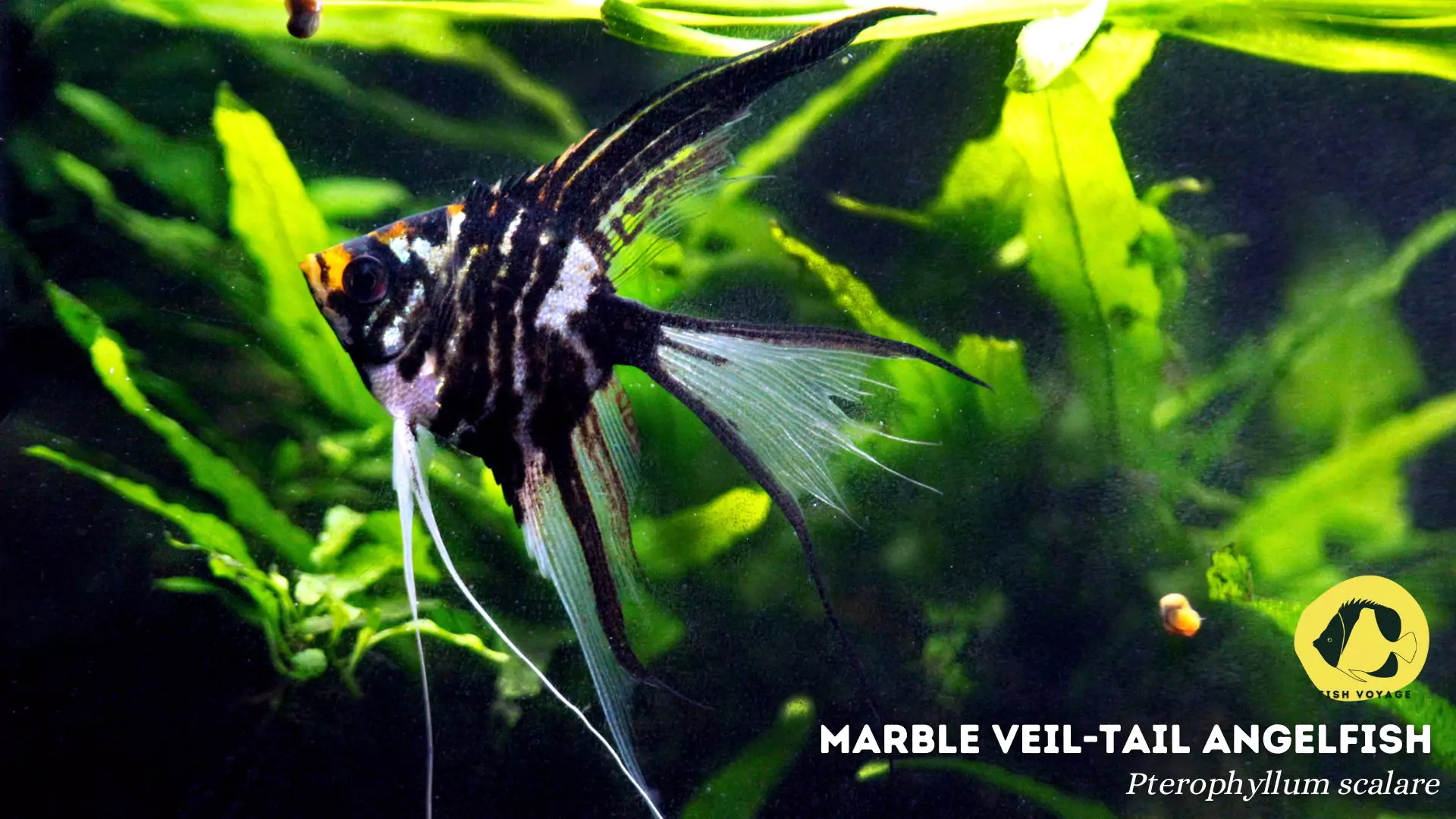
Angelfish, with their graceful fins and vibrant colors, have captivated aquarium enthusiasts for decades. As one of the most popular freshwater fish in the hobby, angelfish boast a timeless appeal that transcends generations of aquarists. Their enduring popularity can be attributed not only to their stunning beauty but also to their peaceful demeanor and relative ease of care. However, despite their widespread presence in aquariums worldwide, it’s crucial for aspiring angelfish keepers to delve into the intricacies of their care requirements. Understanding the unique needs of these elegant creatures is paramount to providing them with a thriving environment where they can flourish and bring endless joy to their keepers.
What Are Angelfish?
Definition
Angelfish are freshwater tropical fish belonging to the cichlid family, renowned for their striking appearance and peaceful demeanor.
Distinctive Appearance
Angelfish are characterized by their graceful fins, elongated bodies, and vibrant colors. With their triangular shape and flowing fins, they exude an aura of elegance that captivates aquarium enthusiasts worldwide.
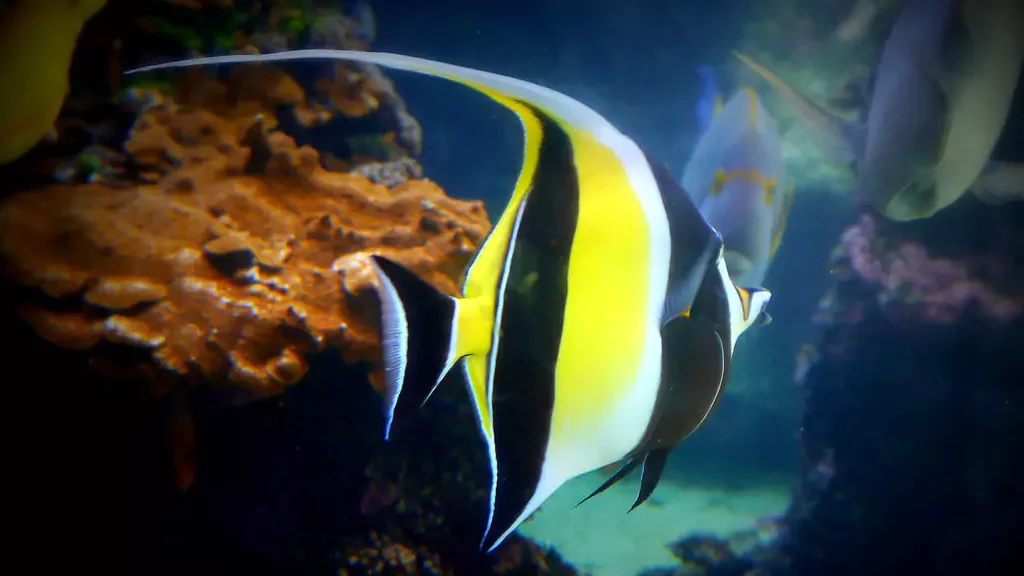
Varieties
Within the angelfish species, there exists a diverse array of varieties, each with its own unique color patterns and fin shapes. From classic silver angelfish to dazzling marble and veil-tailed variants, there’s a plethora of options available to aquarists looking to add these majestic creatures to their tanks.
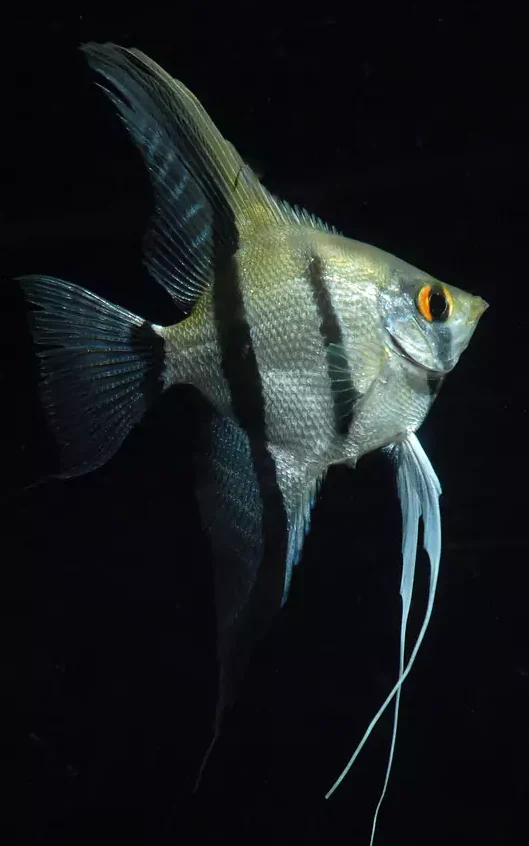
Angelfish Care Guide
Tank Setup
- Ideal Tank Size and Environment: Angelfish thrive in spacious tanks with a minimum size of 20 gallons for a single pair. Larger tanks, such as 30 gallons or more, provide ample swimming space and help mitigate territorial disputes. When setting up the tank, include plenty of hiding spots and plants to mimic their natural habitat, such as driftwood, rocks, and dense vegetation.
- Suitable Tank Mates and Decorations: Angelfish are generally peaceful but can exhibit aggression towards smaller fish. Opt for tank mates of similar size and temperament, such as tetras, gouramis, and peaceful bottom-dwellers like Corydoras catfish. Avoid housing them with fin-nipping species or overly aggressive fish. Decorate the tank with live or artificial plants, caves, and other structures to create territories and provide enrichment for your angelfish.

Water Parameters
- Recommended Water Parameters: Maintain a stable water temperature between 75°F to 82°F (24°C to 28°C) for angelfish. Keep the pH level within the slightly acidic to neutral range, ideally between 6.5 to 7.5. Water hardness should be moderate, around 5 to 12 dKH (carbonate hardness). Consistency in water parameters is key to preventing stress and ensuring the well-being of your angelfish.
- Importance of Water Testing and Maintenance: Regular water testing is essential to monitor ammonia, nitrite, nitrate levels, and pH fluctuations. Perform partial water changes of 20-30% weekly to maintain water quality and remove accumulated waste. Invest in a reliable water testing kit and consider using a dechlorinator to neutralize harmful chemicals present in tap water.
Diet and Feeding
- Dietary Needs of Angelfish: Angelfish are omnivorous and require a varied diet to thrive. Offer a balanced mix of high-quality flake, pellet, frozen, and live foods such as bloodworms, brine shrimp, and daphnia. Supplement their diet with fresh vegetables like blanched zucchini and spinach for added nutrition. Feed small amounts multiple times a day to prevent overfeeding and maintain water quality.
- Maintaining a Balanced Diet: To ensure optimal health, rotate their diet regularly to prevent nutritional deficiencies. Monitor their feeding behavior and adjust portion sizes accordingly. Avoid over-reliance on one type of food and provide occasional treats to stimulate their appetite and prevent boredom.
Breeding Angelfish
Basics of Angelfish Breeding
- Selecting Breeding Pairs: Choose healthy, mature angelfish with vibrant colors and robust fins for breeding. Look for pairs that exhibit compatible behavior and have established a bond through courtship rituals such as lip-locking and fin-flaring. Avoid inbreeding by selecting unrelated individuals to maintain genetic diversity and reduce the risk of deformities in offspring.
- Creating Breeding Conditions: Prepare a separate breeding tank with soft, acidic water and gentle filtration to simulate their natural spawning environment. Increase water temperature to 78°F to 82°F (25°C to 28°C) and provide flat surfaces, such as broad leaves or slate tiles, for the angelfish to lay their eggs on. Dim the lighting and introduce spawning triggers, such as frequent water changes and slight temperature fluctuations, to encourage breeding behavior.
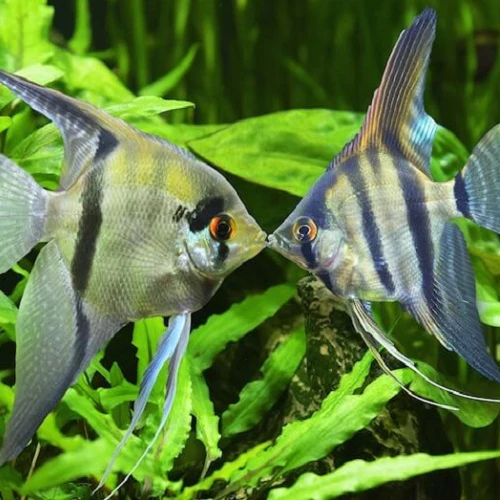
Spawning Process and Caring for Angelfish Fry
- Spawning Process: Angelfish typically lay their eggs in batches on a vertical surface, such as the aforementioned broad leaves or slate tiles. After fertilization, the parents guard the eggs and fan them with their fins to ensure proper oxygenation. The eggs hatch within 48 to 72 hours, depending on water temperature, and the fry become free-swimming within a week.
- Caring for Angelfish Fry: Once the fry become free-swimming, provide them with infusoria, powdered fry food, or newly hatched brine shrimp for nourishment. Maintain pristine water quality by performing frequent water changes and siphoning debris from the tank bottom. Gradually transition the fry to larger foods as they grow, such as micro worms and finely crushed flakes.
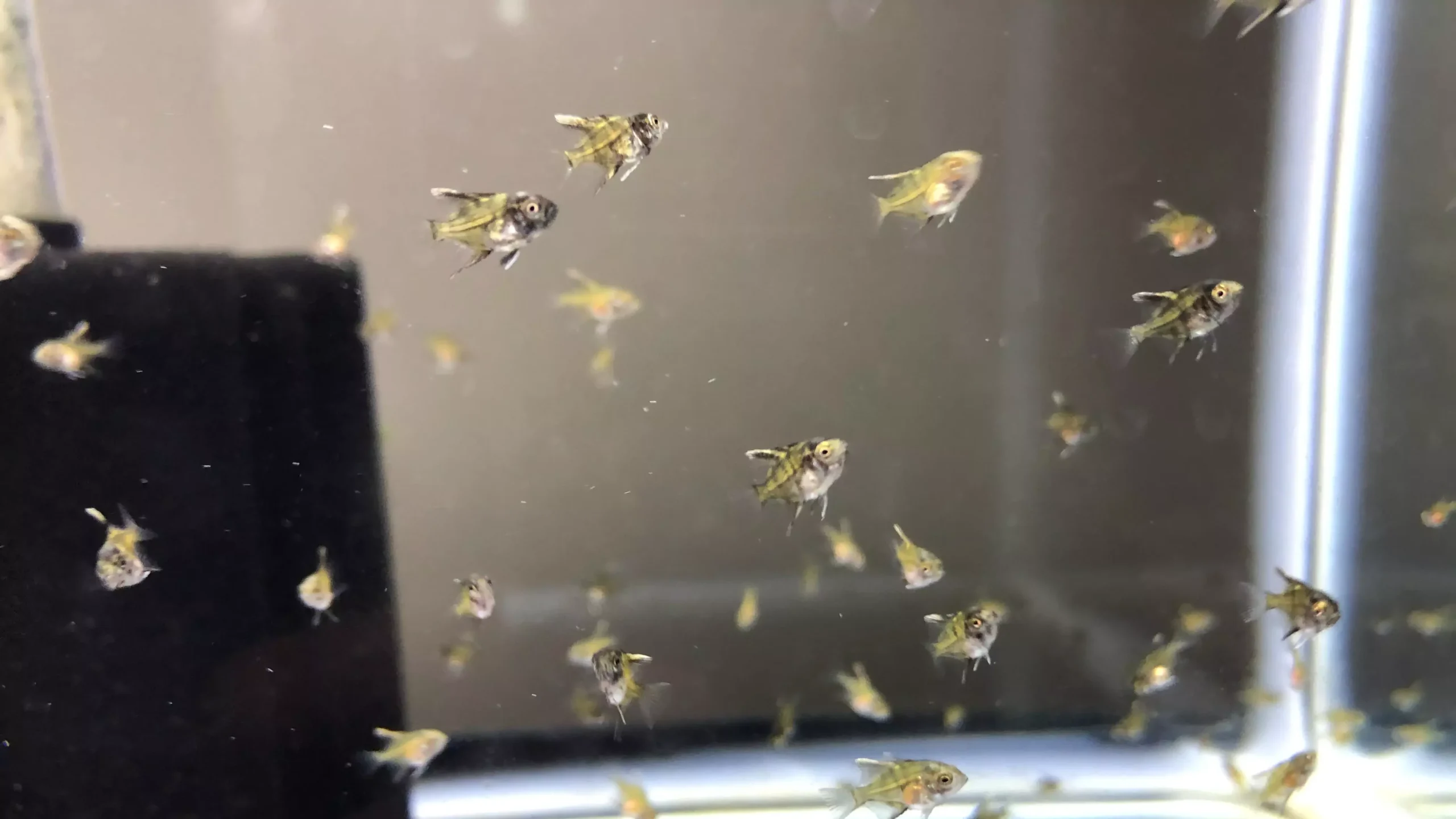
Common Challenges and Tips for Successful Breeding
- Common Challenges: Breeding angelfish can present challenges such as egg-eating, parental aggression, and fungal infections. To prevent egg predation, remove infertile or fungus-covered eggs promptly and provide ample hiding spots for fry to evade aggression from adult fish. Monitor water parameters closely to prevent stress-induced diseases and maintain a stable environment for successful breeding.
- Tips for Successful Breeding: Maintain patience and consistency throughout the breeding process, as successful spawns may take several attempts. Observe the behavior of breeding pairs closely and intervene if aggression becomes excessive or eggs are at risk of predation. Provide optimal nutrition and environmental conditions to promote healthy growth and development of angelfish fry.
Common Health Issues and Care Tips
Common Health Issues
- Ich (Ichthyophthirius multifiliis): Ich, also known as white spot disease, is a common parasitic infection that affects angelfish and other aquarium fish. Symptoms include white spots resembling grains of salt on the fish’s body, rapid gill movement, and flashing behavior. Ich can be introduced to the aquarium through contaminated water or stressed fish. Prompt treatment is essential to prevent the spread of the parasite to other tank inhabitants.
- Fin Rot: Fin rot is a bacterial infection characterized by the deterioration of the fins and tail of angelfish. Symptoms include frayed or disintegrating fins, loss of fin tissue, and redness or inflammation around the affected areas. Poor water quality, overcrowding, and injuries can predispose angelfish to fin rot. Timely intervention with appropriate medication and water parameter adjustments can halt the progression of the disease and promote fin regeneration.
Recognizing Symptoms and Treatment Options
- Symptom Recognition: It’s crucial for angelfish keepers to familiarize themselves with the common symptoms of diseases like ich and fin rot. Regular observation of fish behavior, appetite, and physical appearance can help detect signs of illness early on. Look out for changes in swimming patterns, abnormal growths, or discoloration of the skin and fins.
- Treatment Options: When treating common health issues in angelfish, consider using medications specifically formulated to target the underlying cause of the disease. For ich, medications containing ingredients such as formalin or copper sulfate are effective in eradicating the parasite. Antibiotics like erythromycin or tetracycline can be used to treat bacterial infections such as fin rot. Follow the dosage instructions carefully and monitor the fish closely for signs of improvement or adverse reactions.
Preventive Care Tips
- Maintain Optimal Water Quality: Regular water changes and diligent maintenance of water parameters are essential for preventing stress-related diseases and maintaining overall fish health. Ensure proper filtration, adequate oxygenation, and stable water temperature to create a healthy environment for angelfish.
- Quarantine New Additions: Before introducing new fish to an established aquarium, quarantine them in a separate tank to prevent the spread of diseases. Monitor their behavior and health closely during the quarantine period to identify any potential issues before introducing them to the main tank.
Conclusion
In conclusion, understanding the intricacies of caring for angelfish is essential for providing them with a thriving environment in your aquarium. From setting up the ideal tank conditions to recognizing and treating common health issues, we’ve covered a range of topics to help you become a successful angelfish keeper. We encourage you to share your experiences and tips for caring for angelfish in the comments below, fostering a community of knowledge-sharing among fellow enthusiasts. For more expert advice and resources on angelfish care, be sure to explore our website or connect with us on our social media channels. Together, let’s continue to provide the best possible care for these beautiful and beloved aquatic creatures.
Additional Resources
Authoritative Books
- Ken Schultz’s Field Guide to Freshwater Fish by Ken Schultz: This comprehensive guide offers valuable insights into the care, breeding, and maintenance of a wide range of freshwater fish species, including angelfish.
- Angelfish for Beginners by Alina Daria: Dive deep into the world of angelfish with this informative book, covering everything from species profiles to breeding techniques and health care tips.
Recommended Products
- API Freshwater Master Test Kit: Ensure optimal water quality for your angelfish with a reliable aquarium test kit. Regular monitoring of water parameters is crucial for maintaining a healthy environment.
- BroBass Frozen Bloodworms: Provide your angelfish with a nutritious treat by supplementing their diet with frozen bloodworms. Rich in protein and essential nutrients, bloodworms promote vibrant colors and overall health.
Frequently Asked Questions (FAQs)
1. What size tank do angelfish need?
Angelfish requires a minimum tank size of 20 gallons for a single pair. Larger tanks, such as 30 gallons or more, provide ample swimming space and help mitigate territorial disputes among multiple angelfish.
2. Can angelfish live with other fish?
Yes, angelfish are generally peaceful and can coexist with a variety of tank mates. However, it’s essential to choose compatible species of similar size and temperament to prevent aggression. Suitable tank mates include tetras, gouramis, and peaceful bottom-dwellers like Corydoras catfish.
3. How often should I feed my angelfish?
Angelfish should be fed small amounts multiple times a day to maintain a balanced diet and prevent overfeeding. Offer a mix of high-quality flake, pellet, frozen, and live foods such as bloodworms and brine shrimp to meet their nutritional needs.
4. How do I know if my angelfish are breeding?
Breeding behavior in angelfish often involves courtship rituals such as lip-locking, fin-flaring, and vertical swimming patterns. Additionally, breeding pairs may exhibit nest-building behavior and clean a flat surface for egg deposition. Observing these behaviors indicates that your angelfish are likely preparing to spawn.
5. What should I do if my angelfish is showing signs of illness?
If your angelfish are displaying symptoms of illness such as white spots (indicative of ich) or frayed fins (signs of fin rot), prompt action is crucial. Quarantine affected fish to prevent the spread of disease and consider treatment options such as medications specifically formulated for the underlying condition. Ensure optimal water quality and monitor the fish closely for signs of improvement.

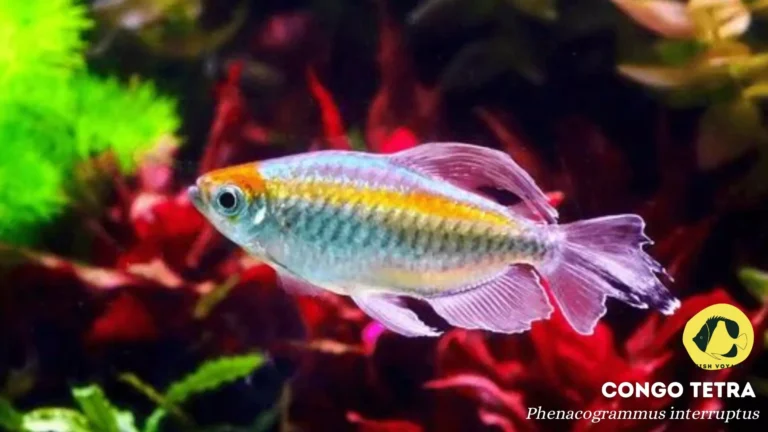
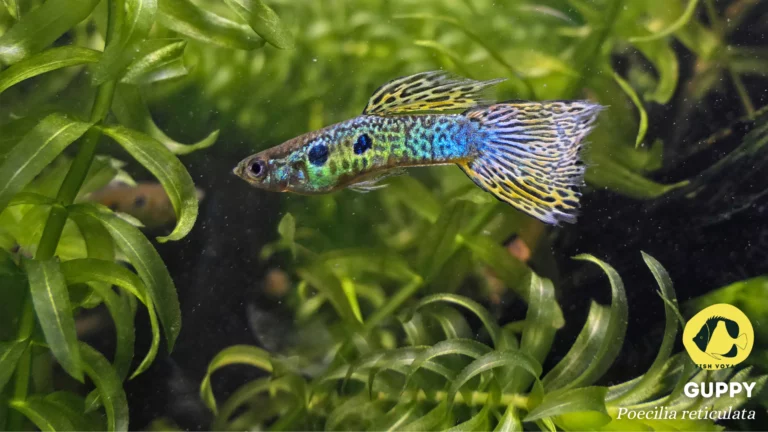
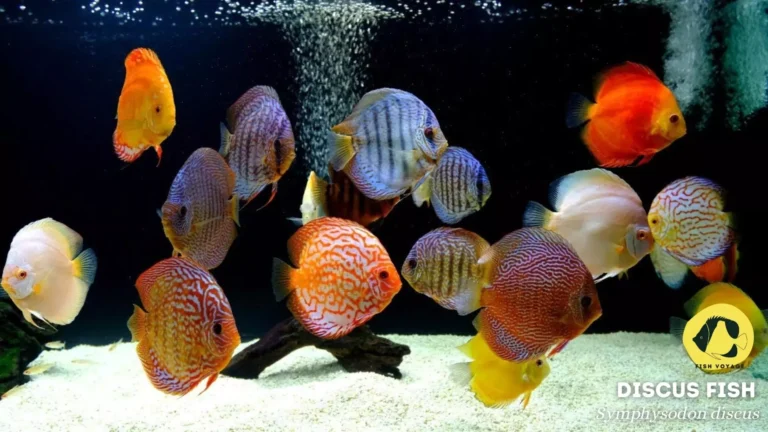
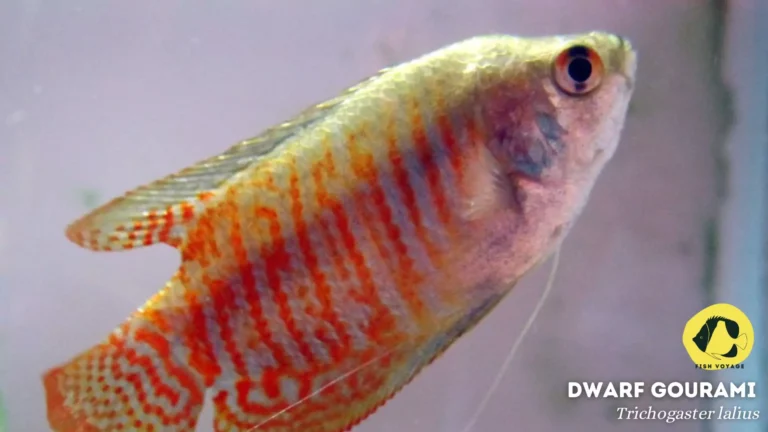
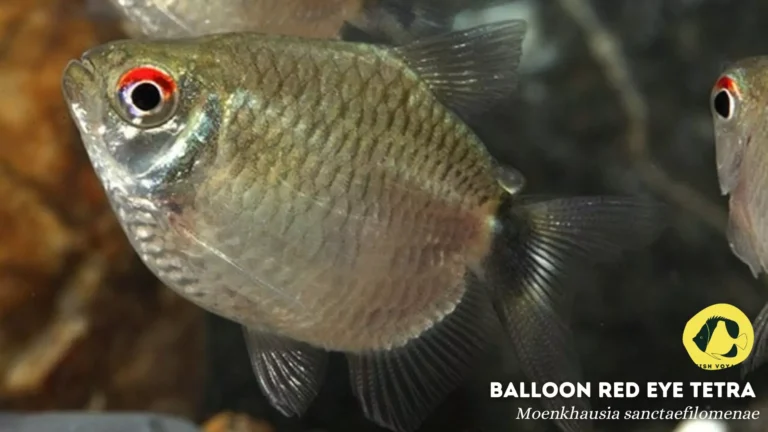
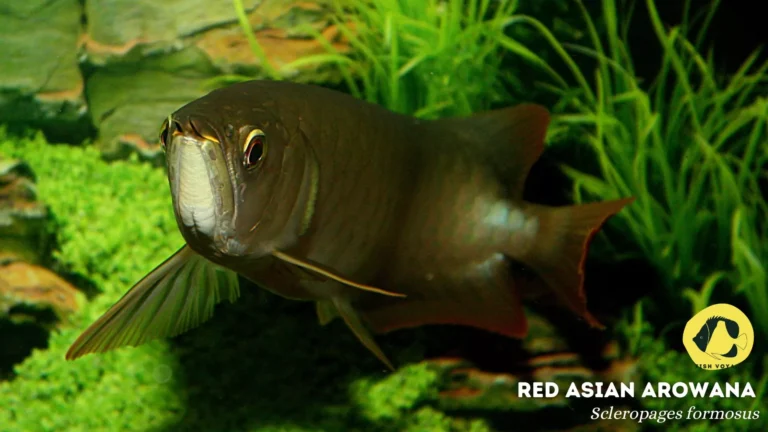
This page is fabulous. The brilliant information reveals the creator’s interest. I’m awestruck and envision further such astounding substance.
Thank you so much for your kind words! It means a lot to know that our content resonates with you. We are constantly striving to deliver valuable and intriguing information, so your encouragement is truly motivating. Stay tuned for more fascinating updates!
Hello! I just would like to give a huge thumbs up for the great info you have here on this post. I will be coming back to your blog for more soon.
Thank you so much for your kind words! We’re thrilled to hear you find the content appealing. Stay tuned for more interesting posts!